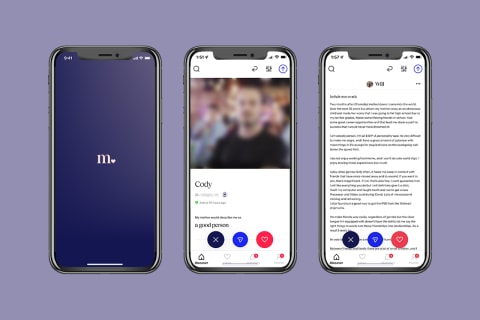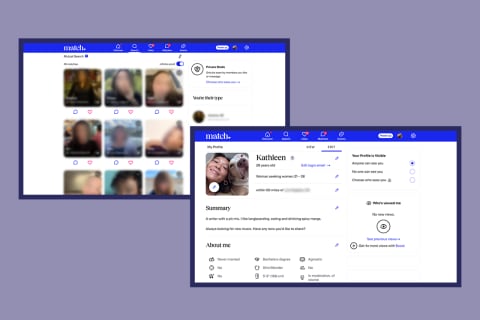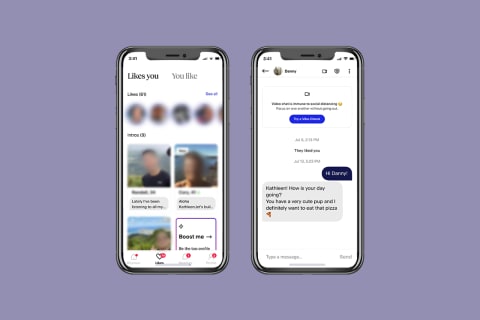Currently over 39 million people use Match.com, with a majority of members being ages 30 to 49 years old. However, per a 2018 report, the site’s fastest-growing demographic is the 50+ age group, and 59% of Match.com users are single parents using the site to find love. And according to a 2019 report from PC Mag, Match.com is supposedly the most popular dating app in 17 states across the U.S. These statistics all make sense and align closely with Match’s mission to be different in an “industry full of superficial games and detached behaviors,” as the website states. From my experience on the app, people seem less into hookups, and I didn’t receive any crude or hookup-y opening messages (compared to when I use Tinder, for example). People’s profiles are generally pretty detailed, suggesting that the users here are looking for something more serious than what a simple swipe on Tinder might provide. In that way, Match slows down the online dating experience from just quickly swiping to actually seeing who these people are. What I found most unique is the reverse matching and mutual matching features: The reverse matching feature shows the people looking for your likes, interests, and such, while mutual matching shows the people who fit your criteria in a partner. There’s a little sidebar called “You’re their type,” which shows users who are looking for matches like your profile states. Both of these features are available for free, which is nice. Overall, it’s easy to see all your matches and chat conversations on both the app and website. Unfortunately, the free version doesn’t allow you to message more than one person a day. All users can also video chat with each other in the chat feature called Vibe Check to build deeper connections. And one other unique feature: Match also offers free one-on-one phone calls with dating experts to help improve your profile and experience. You can purchase up to a year in advance and also add to your subscription package at any time. There are also additional features like read receipts or “who’s viewed me” to purchase too. About half of my matches responded to my messages, and all seemed friendly and excited to chat—though notably, there wasn’t a big selection. (For what it’s worth, I was swiping in both Hawaii and Los Angeles.) From my personal experience and from speaking with others, it seems like many matches aren’t that responsive. So, depending on where you live, the process may be slow, but it could definitely be worth it if you’re wanting to invest in your dating journey and try a new pool of people. A counterpoint to that: “In my experience, the subscription model and the cost of Match does deter people from using it,” says Chloe Ballatore, dating expert and owner of Chloe’s Consciousness Training. “Match is always in the top three, but it is number three. Most of my clients prefer Bumble or Hinge. Match got a little more popular during the pandemic, but now that people can go out and meet in real life, I’m finding that the cost isn’t worth it for many people.” A similar platform with vetted, more detailed profiles is eHarmony. OKCupid also shares some similar features to Match.com with generally more active users, depending on your location. (Here’s our full list of the best dating apps to try right now.)







